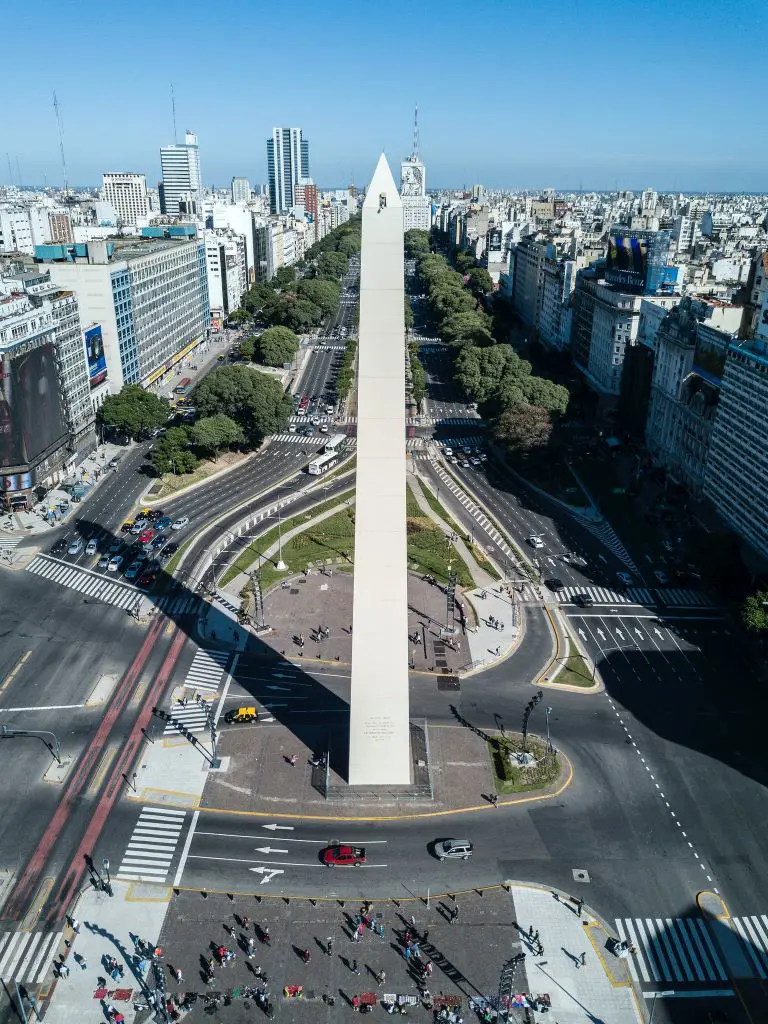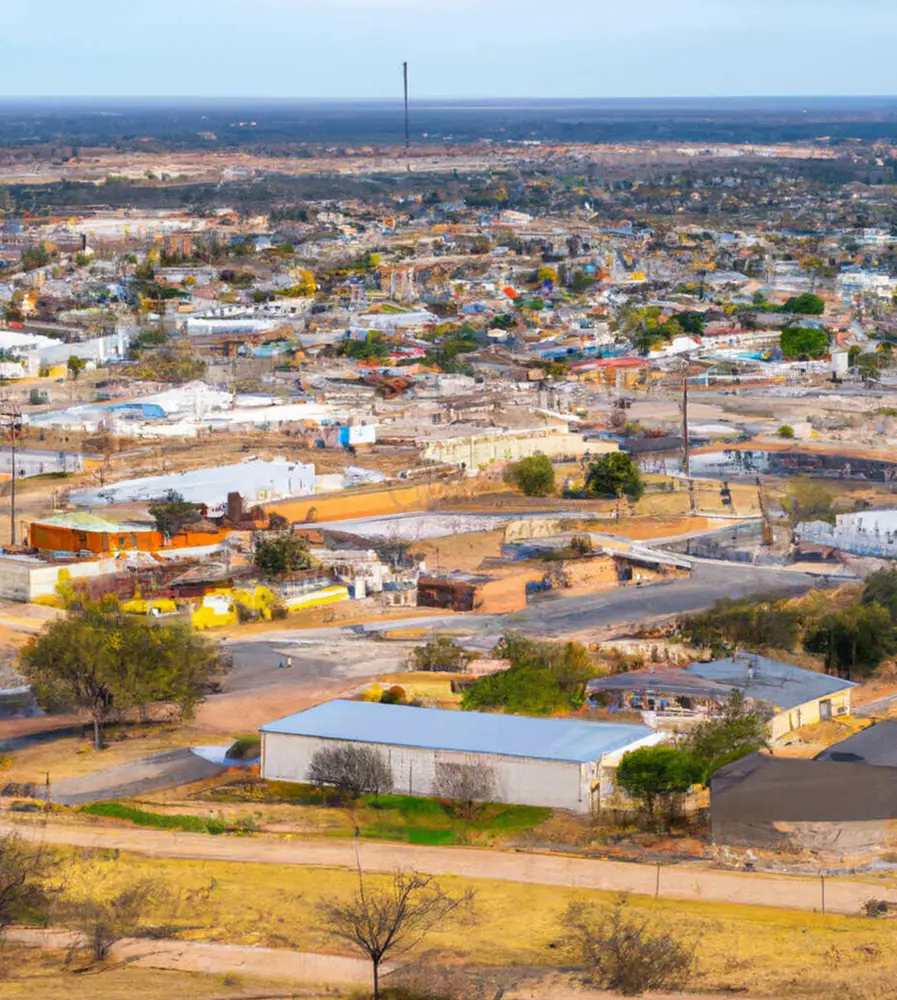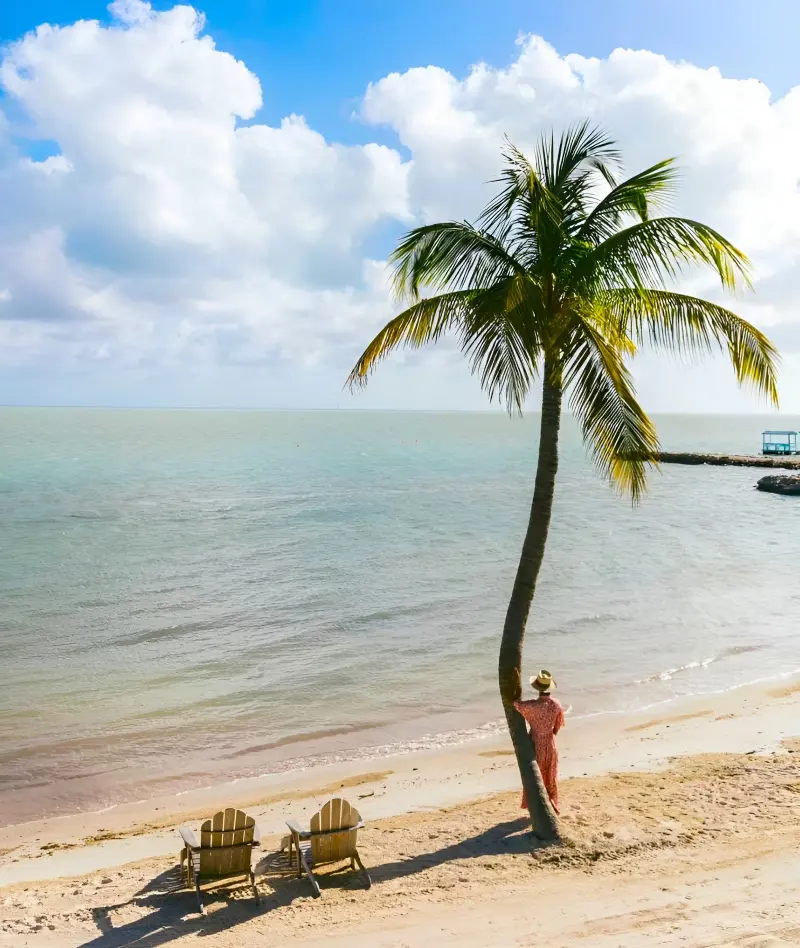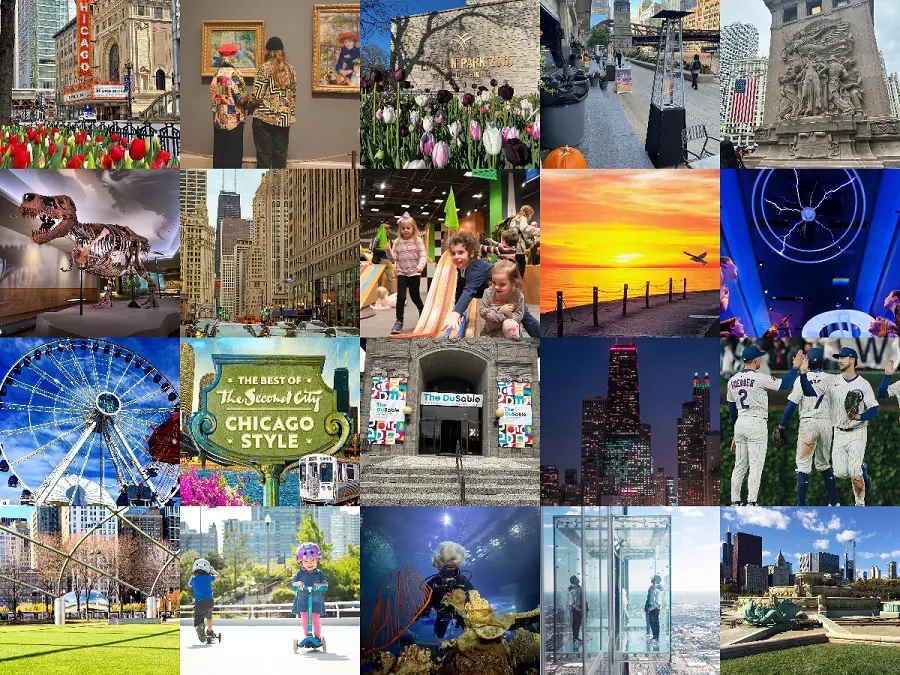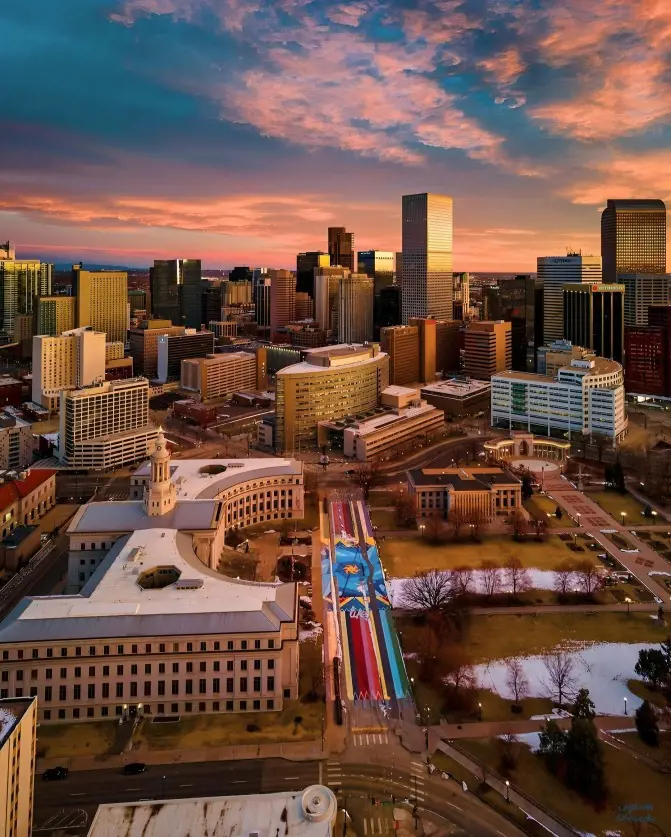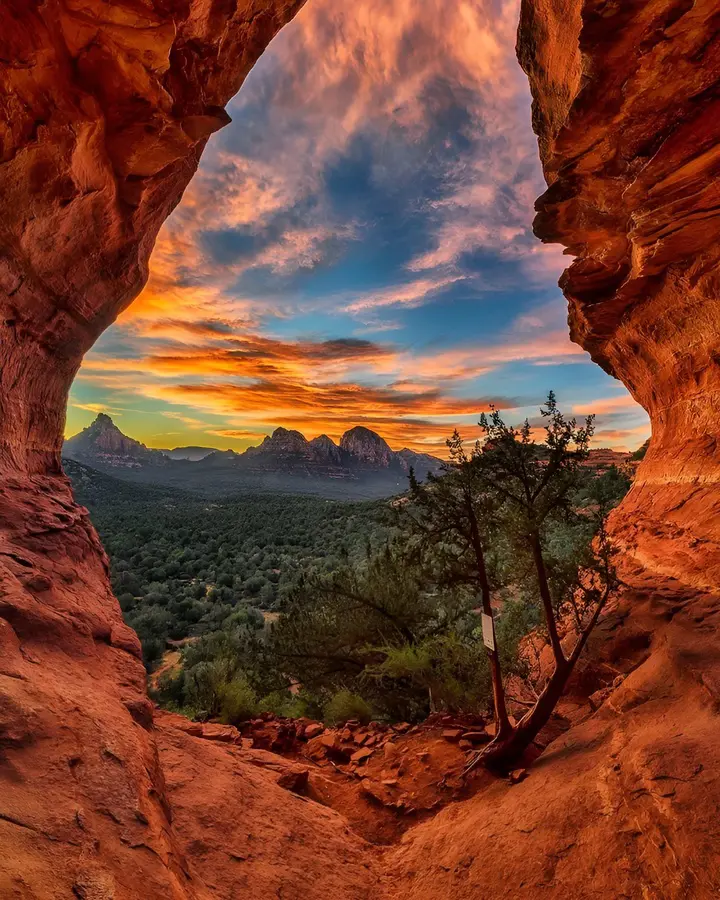Argentina stretches 3,800 kilometers across South America, revealing spectacular sights at every turn. From snow-capped mountains to bright city streets, each location presents distinct experiences for travelers.
The remarkable things to do in Argentina include tasting local wines, experiencing traditional barbecues, watching wildlife, and exploring natural wonders.
This collection of activities introduces visitors to unforgettable places, whether searching for penguins along the coast or dancing in Buenos Aires. Here is the list of essential activities to experience across this fascinating country:
1. Wander Through Colorful Buenos Aires
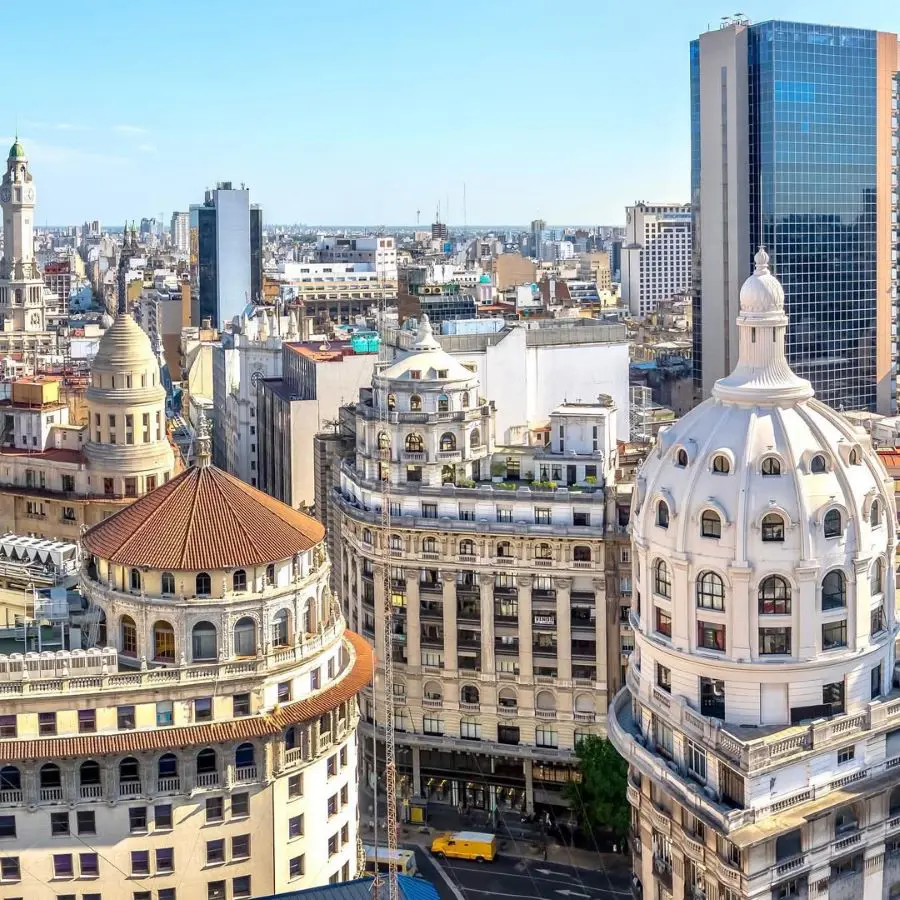
Buenos Aires shines with life and color on every street. The beautiful old buildings look like they belong in Paris, with wide streets lined by trees and bright cafes.
People fill the sidewalks, heading to historic coffee shops that have served delicious drinks since the 1800s. Tango dancers move gracefully in the streets, while excited crowds fill soccer stadiums nearby.
Among popular tourist destinations, Argentina's capital stands out for its unique spirit. The neighborhood of La Boca catches eyes with its painted houses, and Palermo welcomes visitors with green parks and tasty food spots.
2. Watch A Show At Teatro Colón
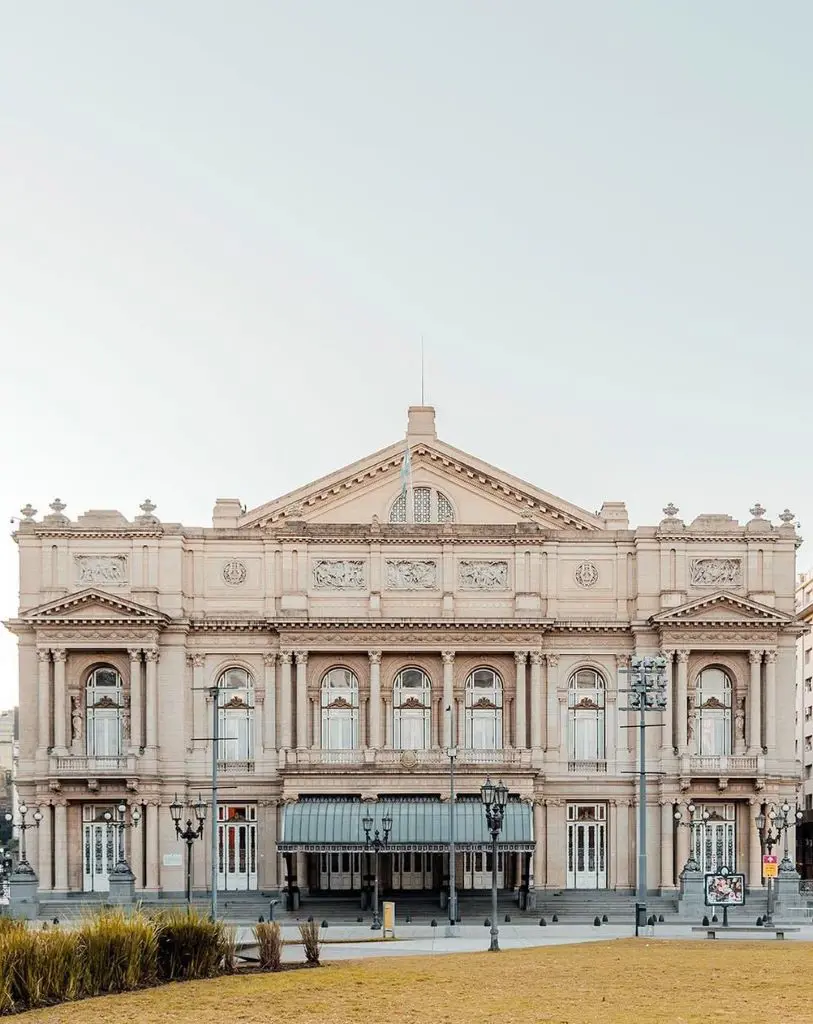
The Teatro Colón brings music and art to life in Buenos Aires through its perfect acoustics and beautiful design.
Opera legend Luciano Pavarotti mentioned that the theater's sound carried every note so clearly that not a single musical mistake went unheard.
Placed among different tourist attractions in Argentina, the theater fills its schedule with ballet shows, concerts, and plays throughout the year. The gold details and painted ceilings look so striking that people often glance up during performances to take in the surroundings.
3. Visit A Traditional Ranch (Estancia) In The Pampas
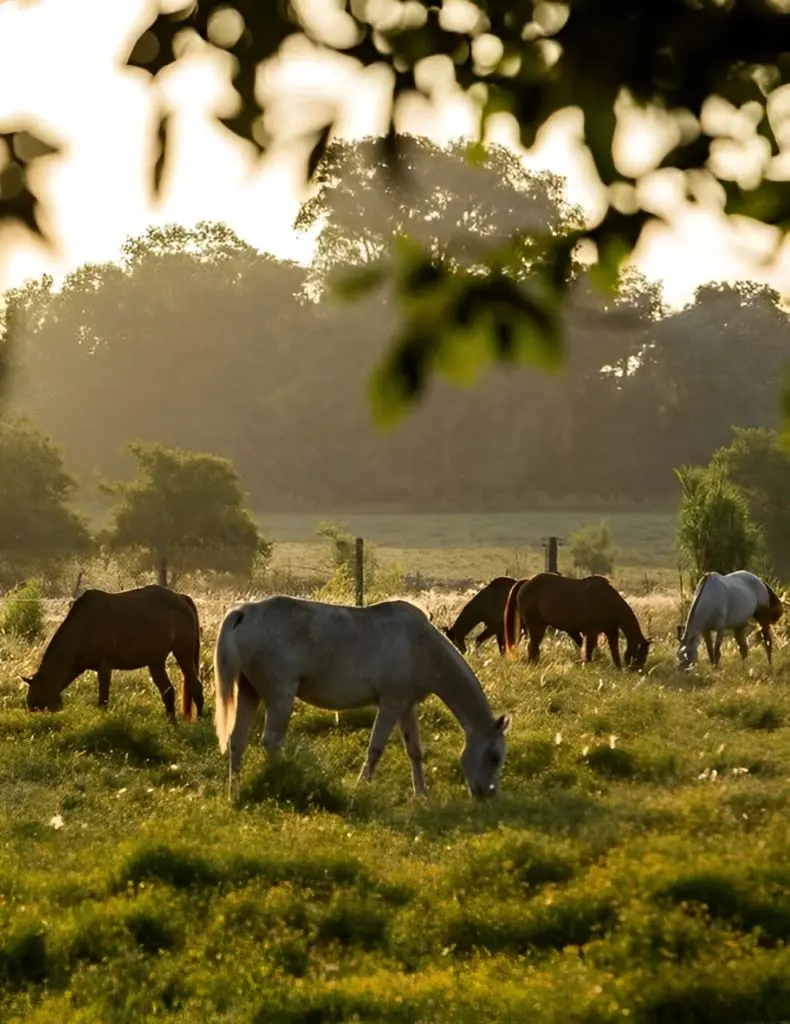
The Estancias of Argentina's Pampas region tell tales of genuine ranch life and the nation's rich gaucho traditions.
These vast rural estates, scattered among various famous places in argentina, welcome guests to stay overnight in farm houses built more than a hundred years ago.
Each day at an Estancia starts with horseback rides through open fields, followed by tasty barbecue meals and local folk music performances.
The old chapels, barns, and main buildings hold stories from past times, making each stay feel like stepping into Argentina's past. Spending time at these ranches shows a different part of the country's life beyond the cities.
4. Stop By The Casa Rosada Pink Palace
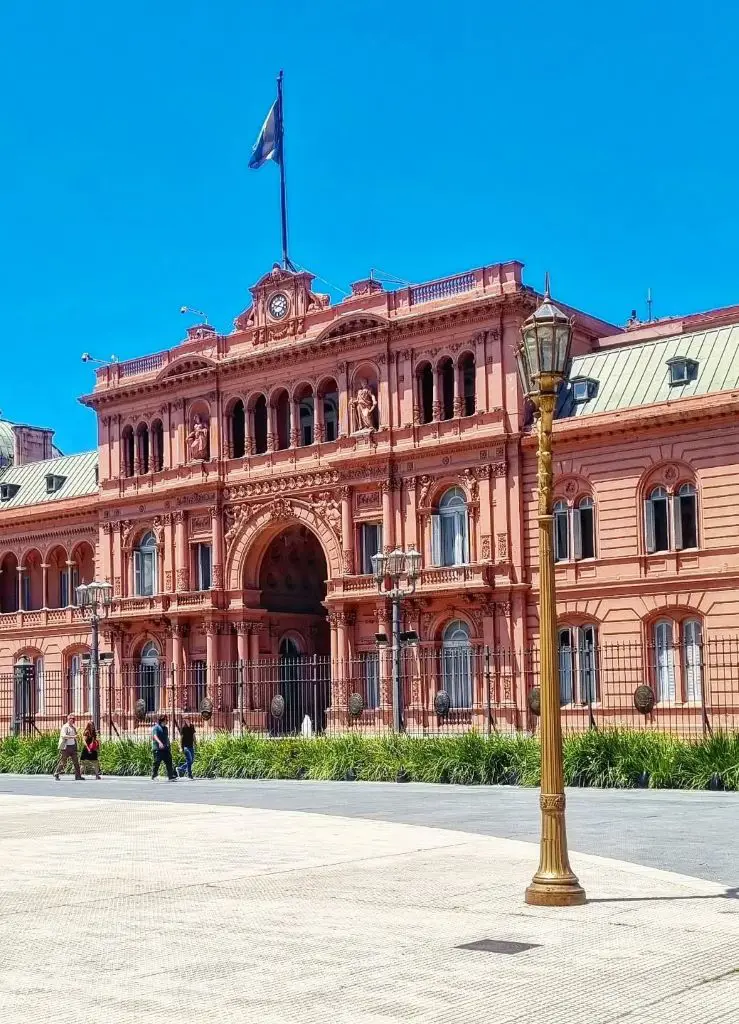
The Casa Rosada stands out in Buenos Aires with its distinctive pink color, making it different from the usual white government buildings. Located at Plaza de Mayo square, this presidential palace offers a peek into Argentina's past and present.
While most government buildings stay closed, Casa Rosada opens its doors for weekend tours, letting people explore its fancy rooms and stand on the famous balcony where Evita spoke to crowds below.
For English-speaking visitors, tours happen on Saturdays at 12:30 PM, but getting tickets ahead of time online is needed to secure a spot.
5. Enjoy Buenos Aires' Rosedal De Palermo Park
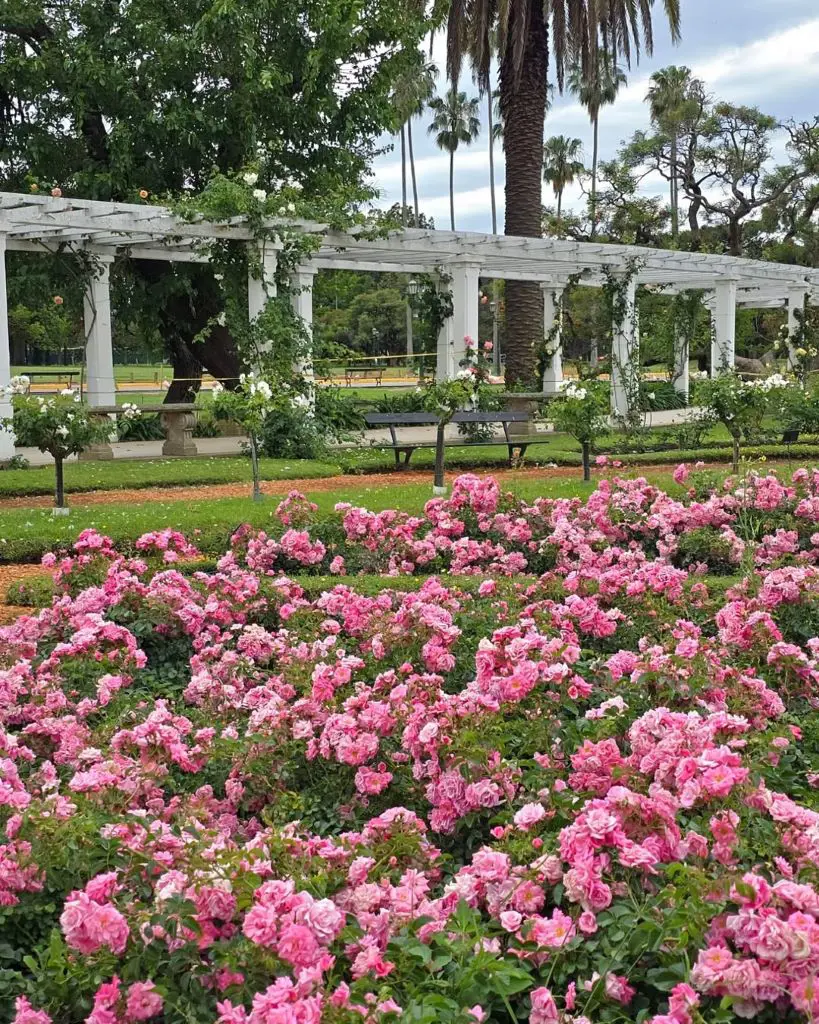
The Rosedal De Palermo Park in Buenos Aires blooms with 90 different rose species, created by landscaper Benito Carrasco. The garden paths lead past colorful rose bushes and peaceful benches.
A small lake invites people to paddle boats across its surface. Inside the garden, the Jardín de los Poetas displays 26 stone busts honoring famous writers like Shakespeare, Dante Alighieri, Jorge Luis Borges, and Alfonsina Storni.
The walking trails welcome both strolling visitors and exercising locals. The roses look most beautiful during clear, sunny days.
6. Climb Aconcagua
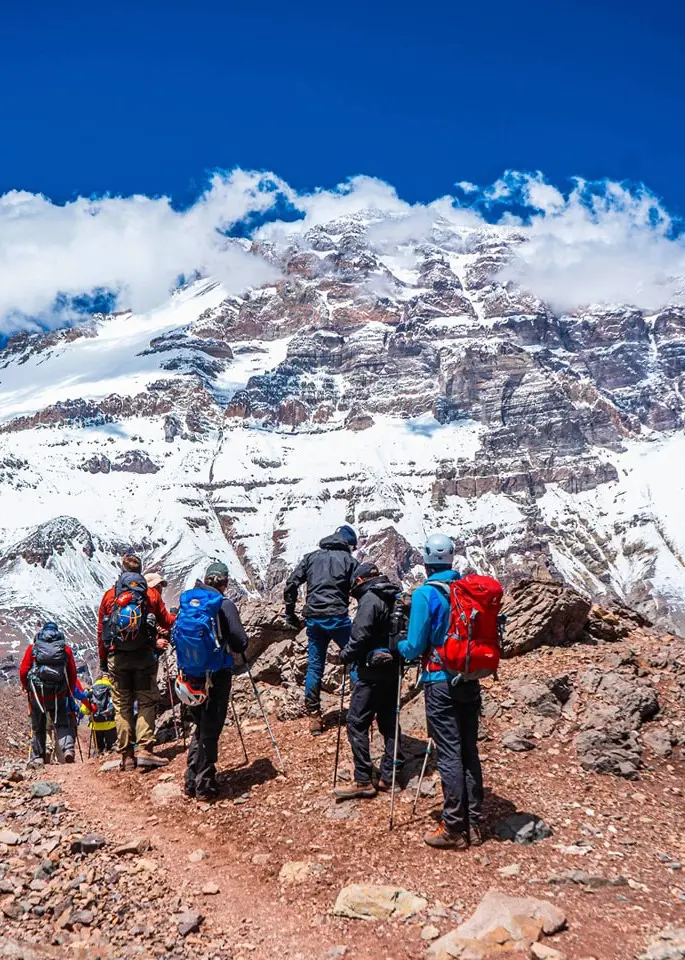
Aconcagua stretches into the sky as a mountain unlike any other in the Americas. Located in Argentina, this peak reaches higher than all others outside the Himalayas.
Most tourists skip this destination, but mountain climbers come from everywhere to face its slopes. The basic route takes 18 to 20 days, requiring skill and determination.
Not many people attempt to reach the top, as this climb needs real experience. For those who want something beyond regular sightseeing, Aconcagua's rocky paths lead to unforgettable views of both Western and Southern Hemispheres.
7. Take A Trip To Colonia del Sacramento, Uruguay
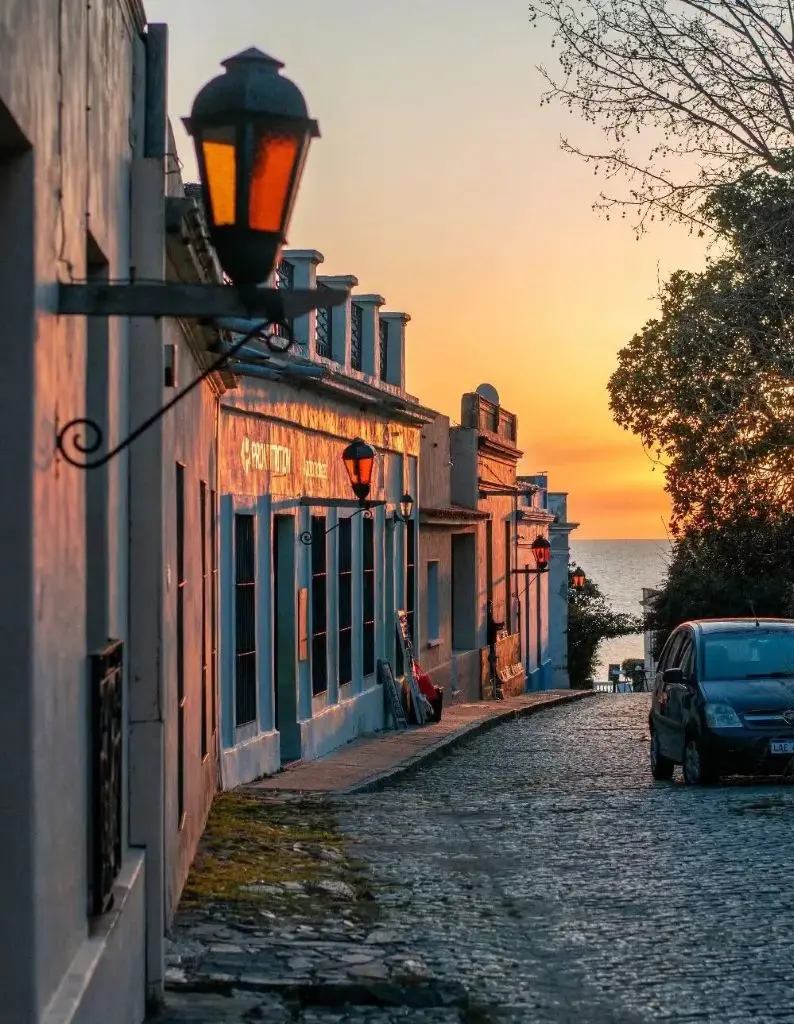
The ferry speeds across Rio de La Plata from Buenos Aires, taking just a few hours to reach Uruguay. Booking an early morning ferry lets anyone spend the whole day exploring Colonia del Sacramento.
Getting tickets becomes simple - several places sell them, plus add walking tours for those interested. The streets tell stories through their stones, each path winding between old buildings.
At the lighthouse, climbing to the top reveals the entire town below. Small cafes and restaurants line the streets, serving fresh Uruguayan meals. As the sun sets, the last ferry carries passengers back to Buenos Aires, completing a perfect day trip.
8. Go Hiking In El Chaltén
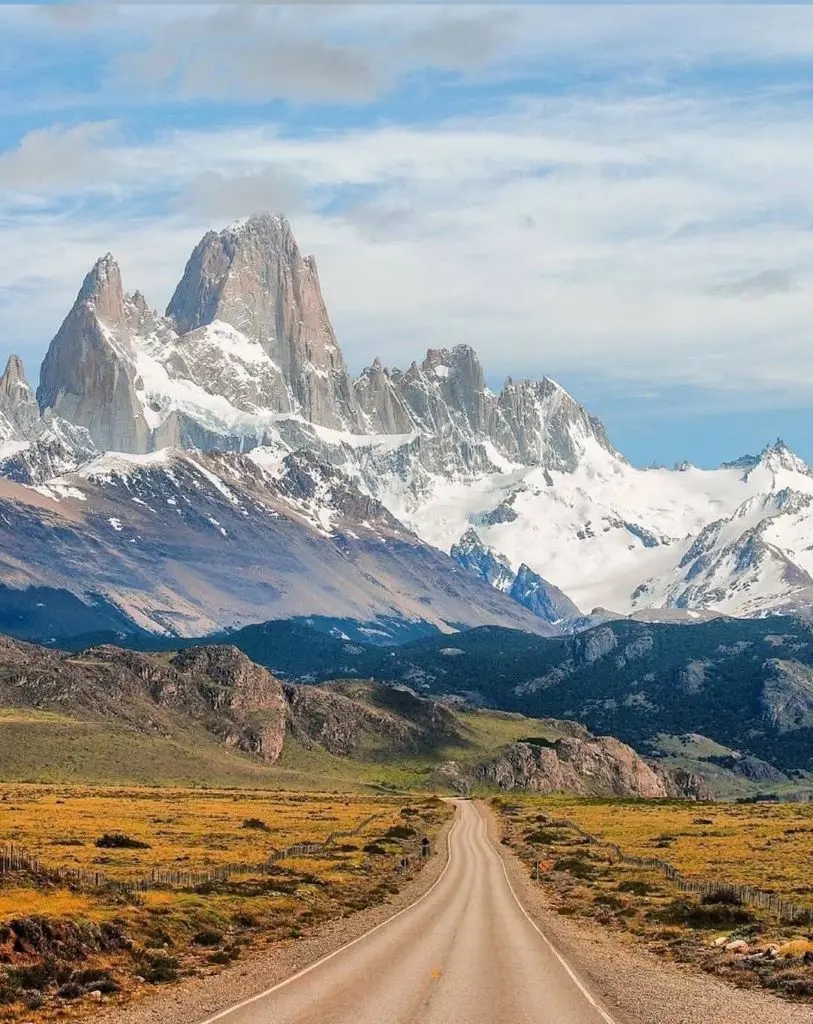
El Chaltén sits in the heart of Patagonia, making it the top spot for hiking in Argentina. The small mountain town rests beneath two famous peaks - Fitz Roy and Cerro Torre.
The hiking paths range from simple morning walks to steep mountain trails. Mount Fitz Roy draws attention with its sharp, pointed peak against the sky, attracting hikers from different places.
The area includes two special lakes - Laguna de los Tres and Laguna Torre. These glacier-fed lakes shine bright turquoise between the mountains. Each trail leads to amazing views, showing off the natural beauty of Patagonia's landscape.
9. Feel The Spray Of Iguazú Falls In Misiones
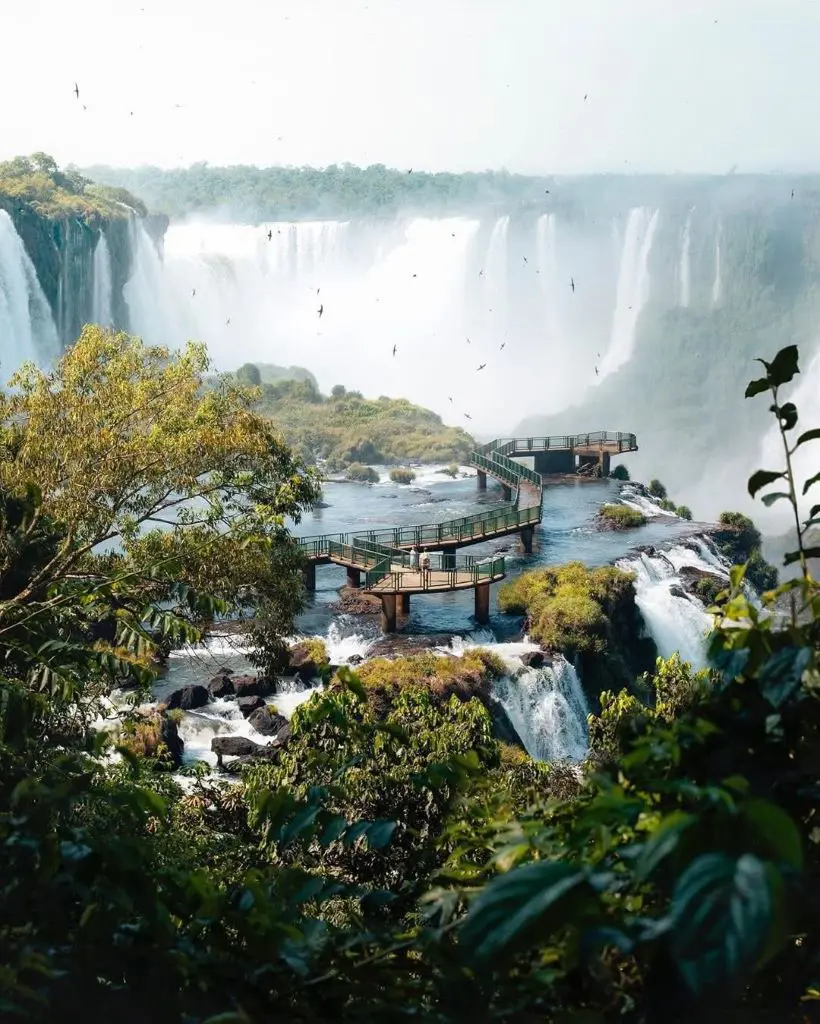
Iguazu Falls stands larger than Niagara Falls, stretching across three kilometers of the Iguazu River. The waterfall system contains 275 separate waterfalls, creating a massive wall of flowing water.
The falls spread between Argentina and Brazil, but the Argentina side puts people closer to the rushing waters. The site earned recognition as a UNESCO World Heritage place.
Morning visits bring the best chances for photos, when sunlight hits the water without crowds blocking the views. The paths around the falls let visitors spot bright butterflies and colorful toucans flying between trees.
10. Walk Around Colonial Salta City
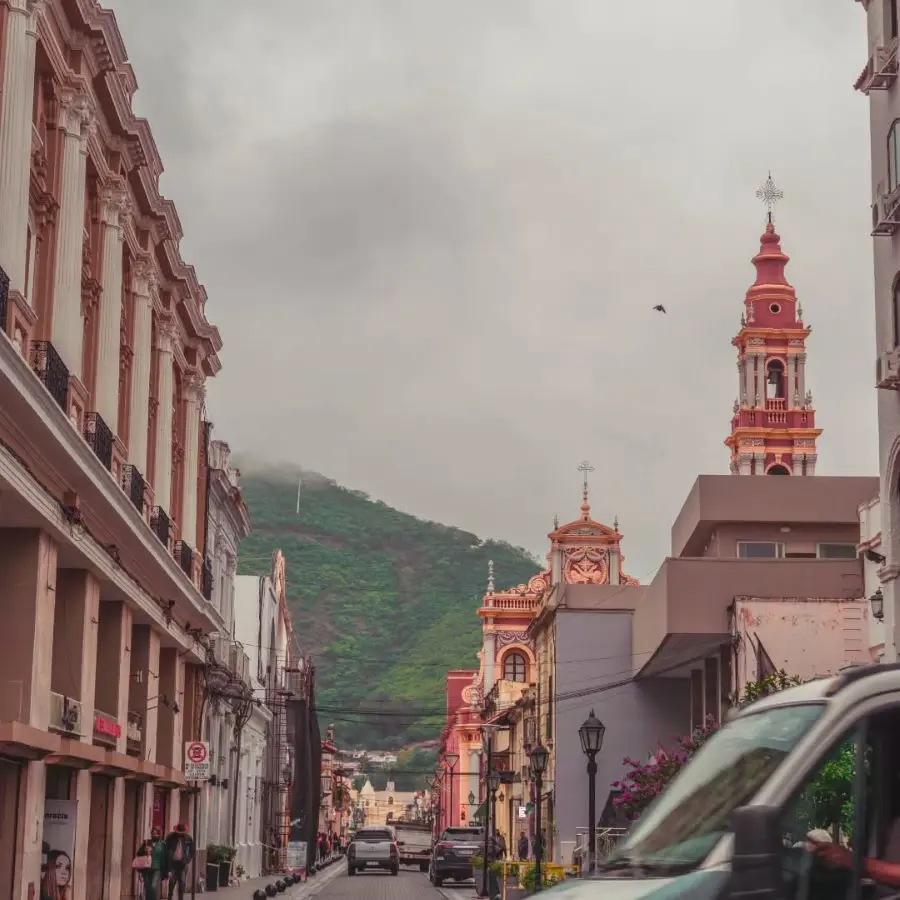
Salta La Linda means Salta the beautiful in Spanish, and this city lives up to its name. The streets contain old buildings with detailed designs from colonial times.
Plaza 9 de Julio marks the center of the city, where people gather throughout the day. The area includes many churches with tall towers and decorated walls. Walking tours take guests through all the important places in the city.
From Salta, travelers can plan trips to explore northern Argentina. The mix of quiet spots and grand buildings makes Salta perfect for spending a day or two exploring by foot.
11. See The Cerro De Los Siete Colores In Purmamarca
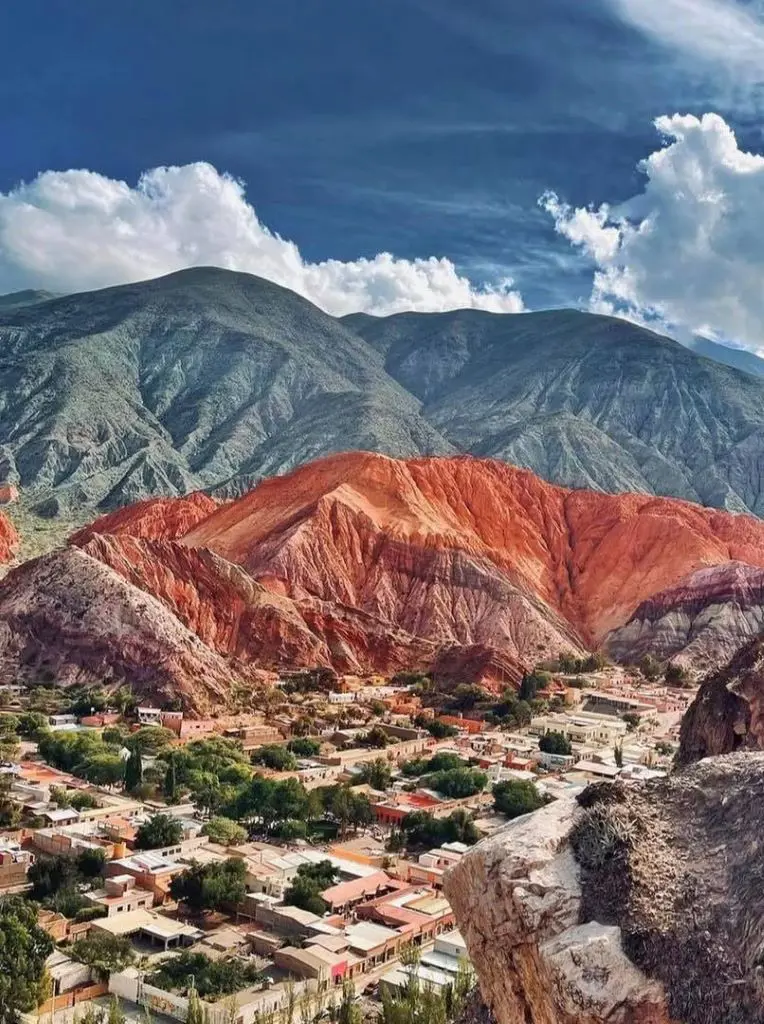
The Siete Colores Mountain rises near the small town of Purmamarca in northern Argentina. This remarkable natural formation displays seven distinct colors - pink, purple, orange, yellow, green, and white - layered across its surface.
The mountain gained these unique stripes through sediment deposits over hundreds of millions of years.
Located at the edge of Purmamarca, this geological wonder offers excellent viewing opportunities. Travelers choosing to stay in Purmamarca can experience the mountain's most striking moments during sunrise and sunset.
12. Visit Museo Casa Del Che

Discover Museo Casa Del Che, the childhood residence of Ernesto "Che" Guevara in Alta Gracia, Argentina. Though famous for his role in Cuba, Che began life in Rosario, just outside Buenos Aires.
His family moved to Alta Gracia, a town near Cordoba, seeking relief for his asthma following medical advice. Today, this former family residence serves as a museum dedicated to Che's early years.
The Museo Casa de Ernesto Che Guevara preserves various items from his youth, including an authentic recreation of his bedroom. Visitors exploring the museum gain insights into the formative years of this significant historical figure.
13. Cheer At La Bombonera

La Bombonera stadium in Buenos Aires rings with the sounds of soccer passion. The historic building fills the La Boca neighborhood, where two rival teams - La Boca and River Plate - create unforgettable matches.
After Argentina's 2022 World Cup triumph, painted murals of Lionel Messi decorate streets across the nation, showing the country's deep bond with soccer.
A match at La Bombonera reveals pure Argentine culture in action. The intense games between La Boca and River Plate turn spectators into true Porteños - respected Buenos Aires locals.
This electric atmosphere makes La Bombonera one of Argentina's most thrilling places to experience.
14. Learn About La Plata's Museo De La Plata
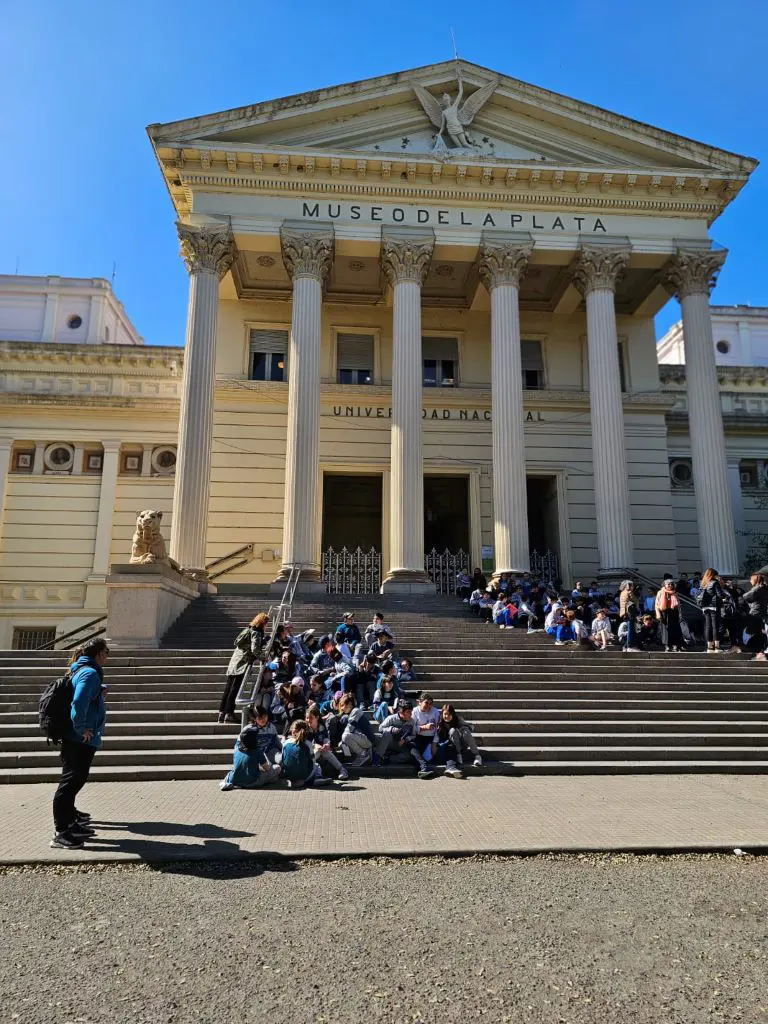
This remarkable museum contains ancient treasures including massive dinosaur skeletons, extensive collections of preserved animals, and precious artifacts dating back to Incan civilization.
The peaceful city of La Plata provides a calm break from Buenos Aires' fast pace. The museum makes an ideal destination for anyone interested in natural history and ancient civilizations.
Each room reveals different wonders - from prehistoric creatures to detailed displays of South American wildlife. A quick drive or transport ride from Buenos Aires transforms into an enriching journey through time at this fascinating museum.
15. Explore San Martin De Los Andes
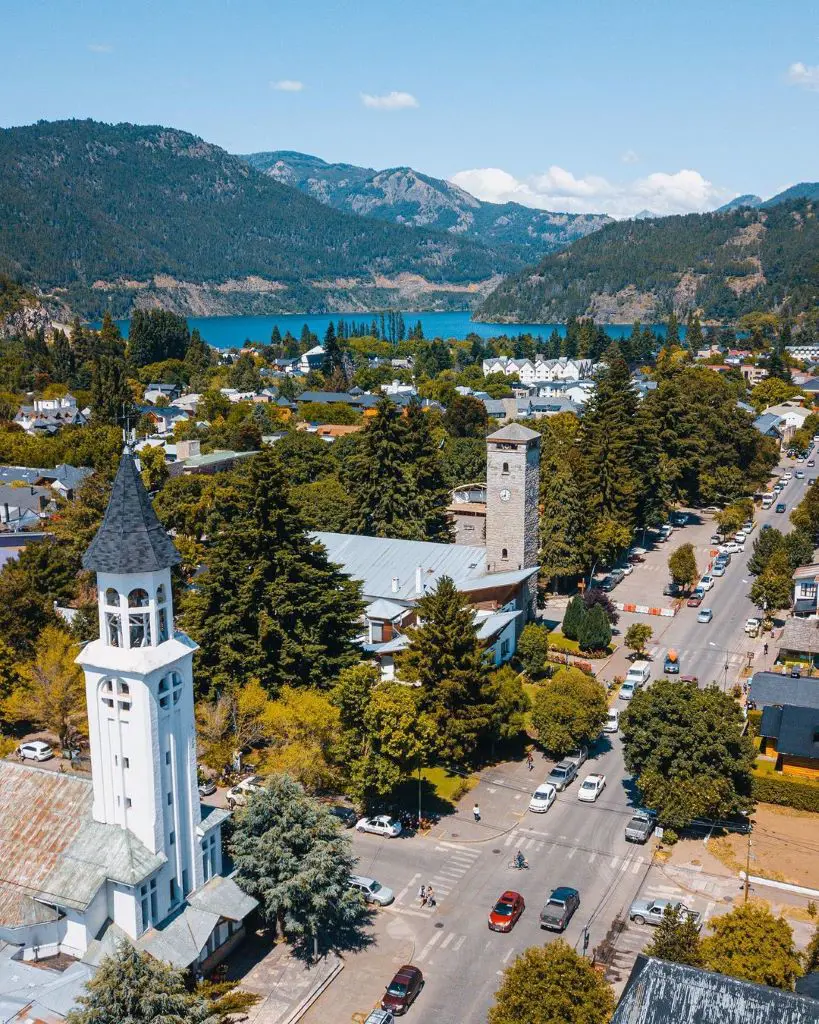
San Martin de Los Andes sits peacefully beside Lake Lácar, offering a calmer alternative to bustling Bariloche.
This small town opens paths to numerous outdoor activities, including climbs up Lanín Volcano, lake kayaking, and mountain biking adventures. Some paths even lead across the Andes Mountains into Chile.
The town's location on Lake Lácar creates perfect starting points for exploring the surrounding natural areas. After long days of hiking or biking, San Martin - as local residents call it - transforms into an ideal spot for rest and relaxation.
16. Visit The Salinas Grandes
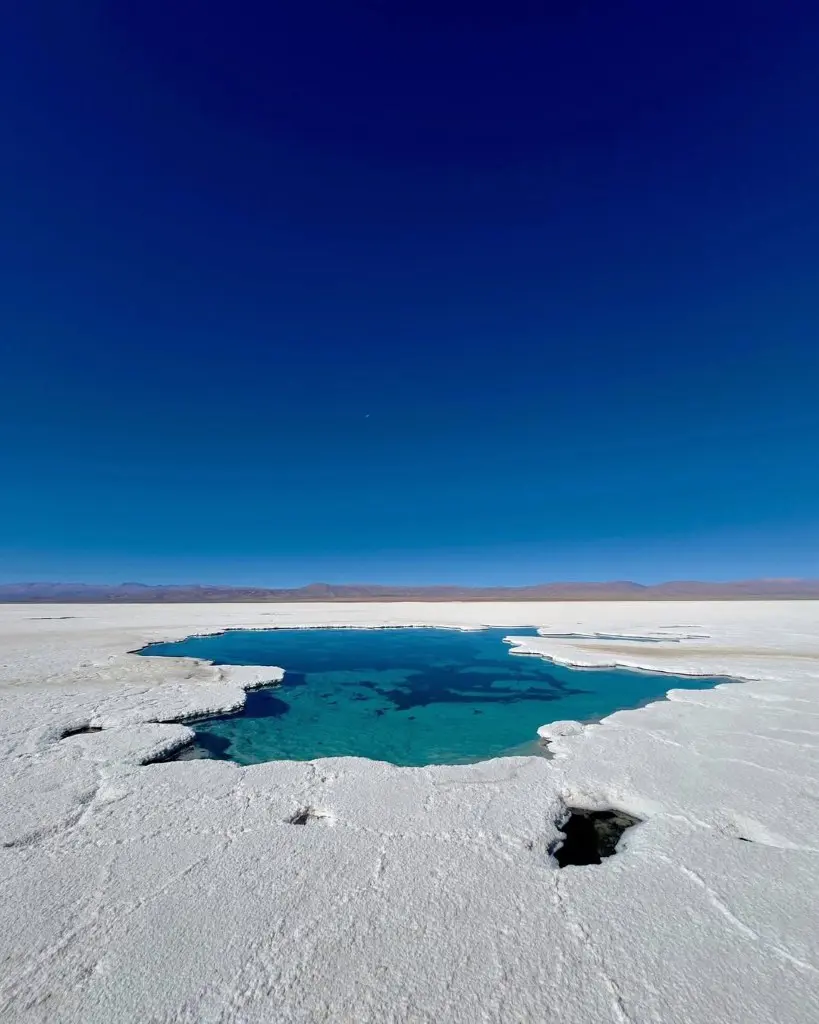
The vast Salinas Grandes salt flats stretch across the landscape of Argentina's Salta province, standing as the second-largest salt pan on Earth.
Located at an elevation exceeding 3,000 meters, these remarkable white plains emerged from an ancient dried lake bed.
Visitors start their journey from the town of Purmamarca, with private vehicles or hired drivers providing the most convenient access to this natural wonder.
Local guides lead explorations across the salt flats, navigating the pristine white expanse with expert knowledge of safe driving routes.
17. Get Close To Perito Moreno Glacier In El Calafate
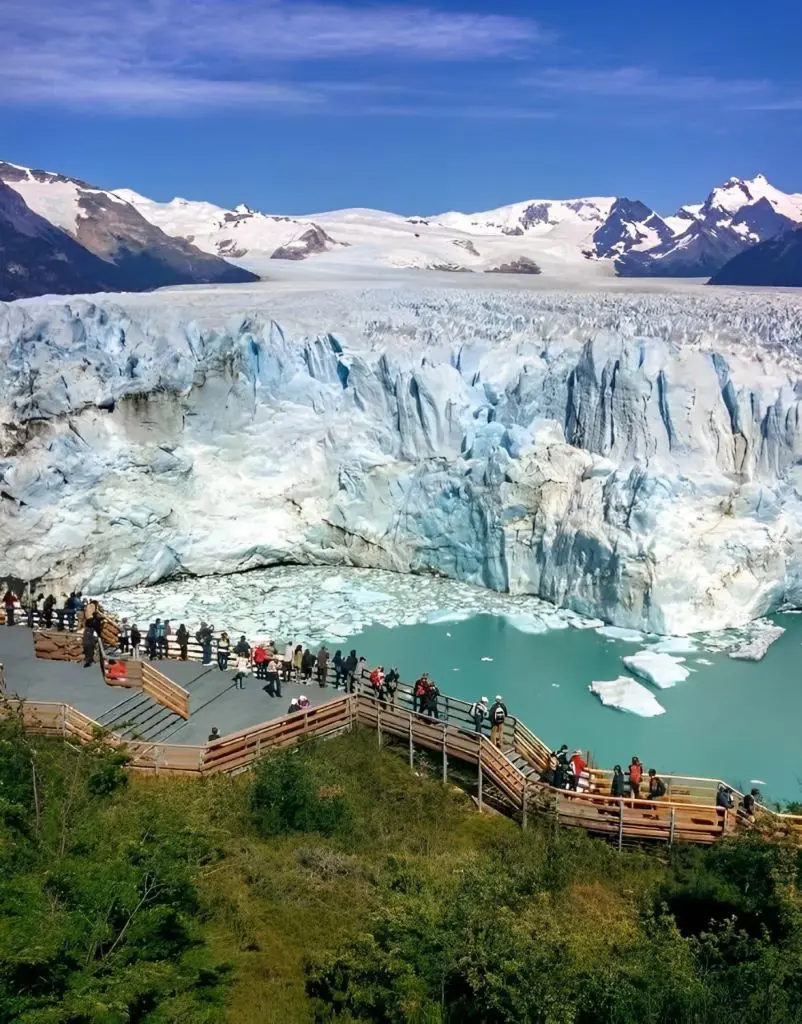
The Perito Moreno Glacier extends across Los Glaciares National Park in Patagonia, creating an extraordinary display of advancing ice.
This UNESCO World Heritage Site contains 47 large glaciers, with Upsala and Spegazzini adding to its frozen landscape. Local guides lead treks along specific paths of the ice terrain, making glacier exploration possible for various experience levels.
The town of El Calafate provides direct access to this natural spectacle, where the ancient formations continue their slow movement through the pristine environment.
The surrounding parkland reveals panoramic views of these ice giants, offering a rare glimpse into Patagonia's dynamic geological features.
18. Read A Book At Literary Cafe

The cafes of Buenos Aires preserve centuries of literary tradition. Famous authors Jorge Luis Borges, Julio Cortázar, and Adolfo Bioy Casares wrote masterpieces within these classical spaces.
A former theater became El Ateneo, now recognized among exceptional global bookstores. The historic Café Tortoni and Florida Garden Café maintain traditional atmospheres from past decades.
Each location presents café con leche paired with media lunas - delicate Argentine pastries similar to croissants. The architecture and ambiance combine literature and culture into an authentic Buenos Aires experience, showcasing the city's lasting connection to its literary roots.
19. Walk Through Tierra Del Fuego National Park
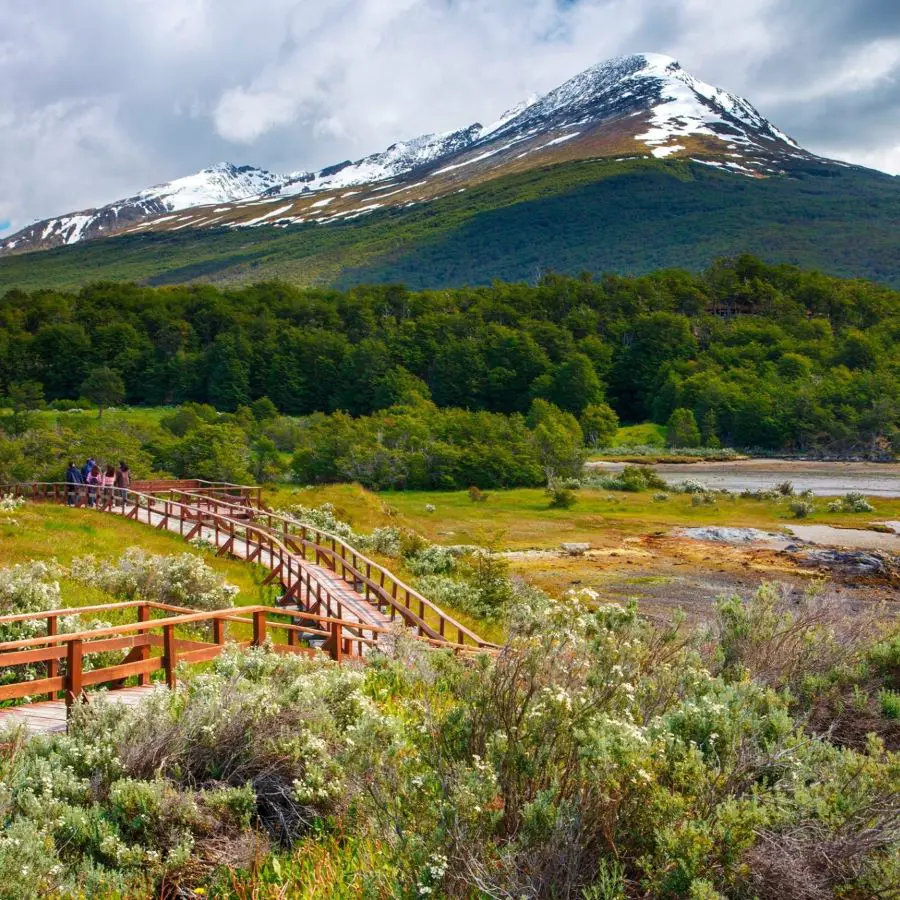
Tierra del Fuego National Park sits near Ushuaia at South America's southern edge. This protected area features pristine waters reflecting snow-capped mountains, dense forests, glittering lakes, and valleys shaped by ancient glaciers.
Visitors discover Magellanic woodpeckers creating echoes through the forest while Andean foxes move quietly between the trees. Rare southern beech trees stand among diverse plant life.
The land also preserves fascinating historical sites - ancient settlements of indigenous Yámana people, revealing early human presence in this remote region.
20. Watch Wildlife In Iberá National Park
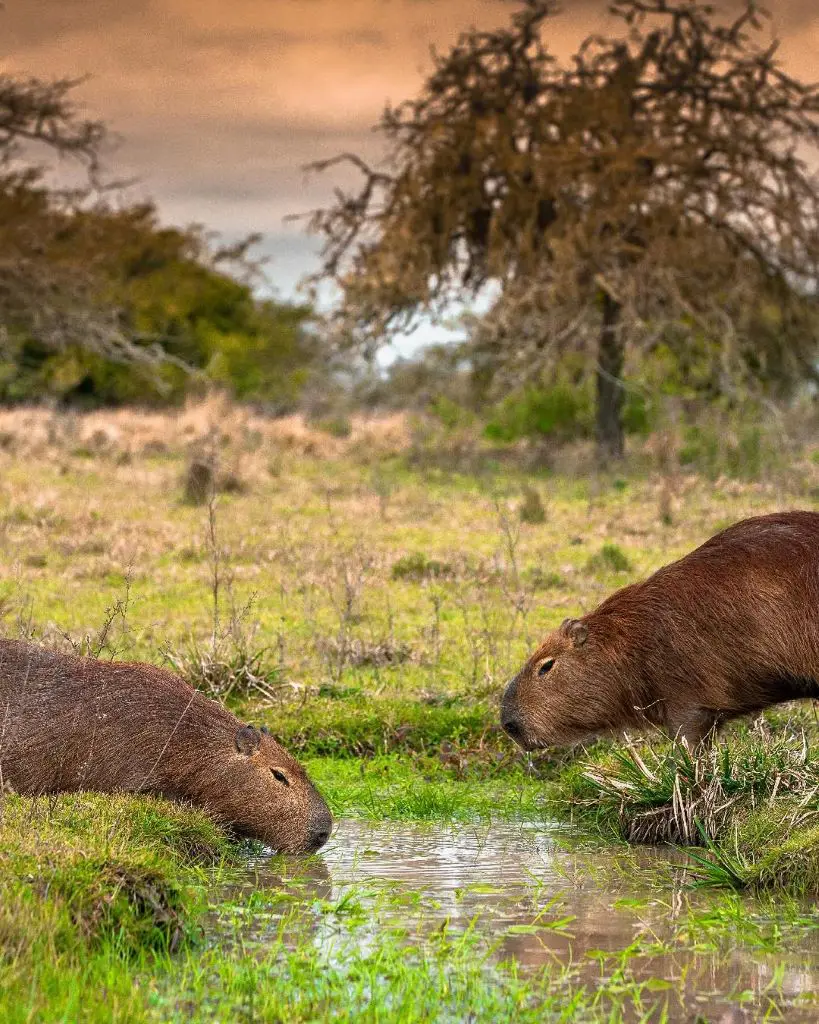
Iberá National Park captures the beauty of Argentina's natural landscapes with its clear lagoons, marshes, and floating islands. The local Guaraní people named it "bright waters" because of its shining, crystal-clear waterways that stretch across 13,000 square kilometers.
The park serves as a perfect spot to watch wild animals in their natural setting. Caimans rest by the water's edge, while large capybaras swim in shallow pools.
Visitors exploring the park might spot marsh deer drinking from lagoons, hear howler monkeys calling from treetops, or catch sight of the rare maned wolf. People can discover these wetlands through boat trips, walking paths, or riding horses across the land.
